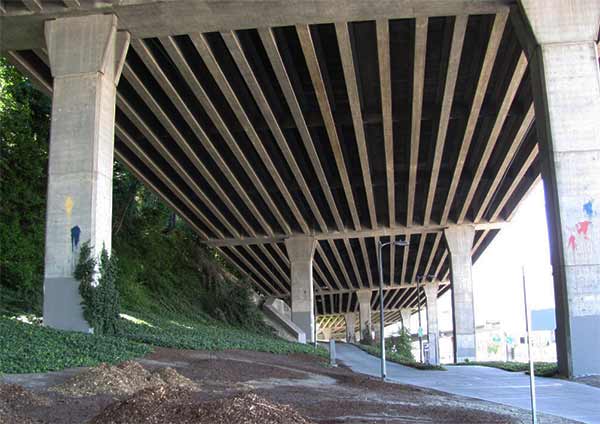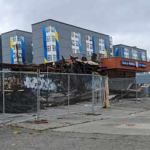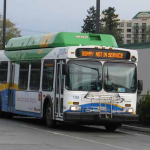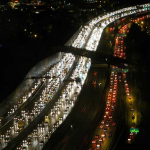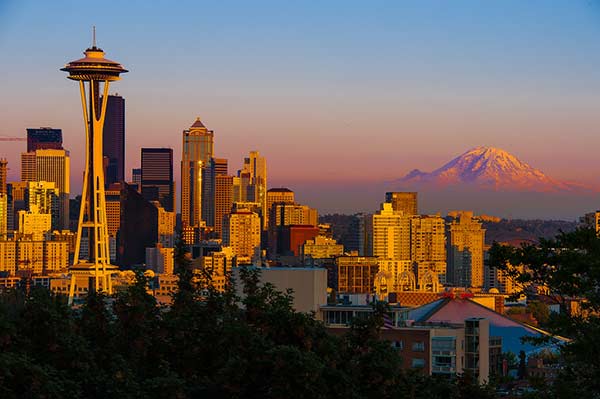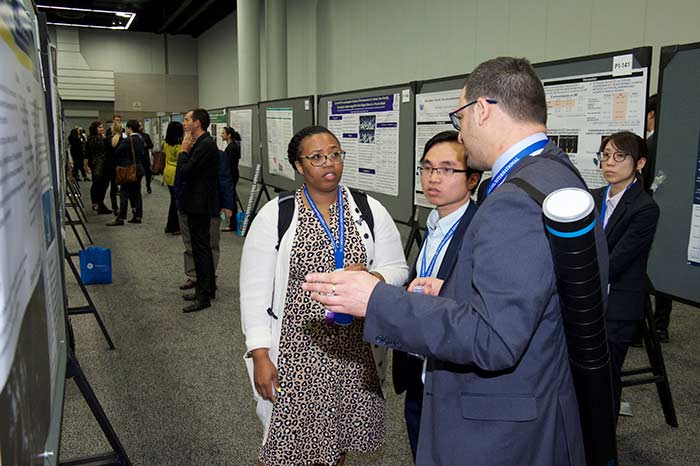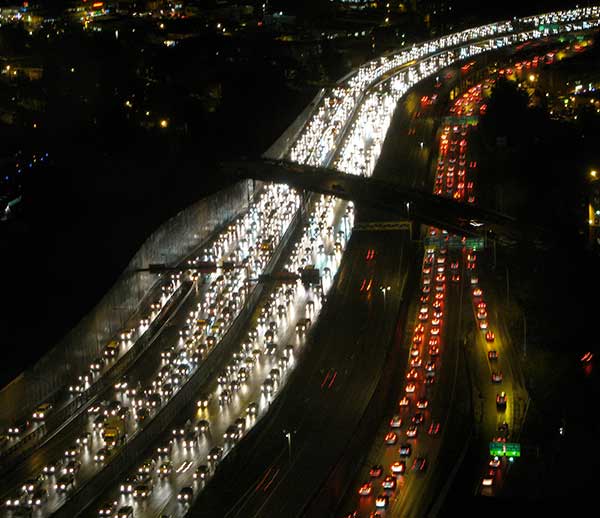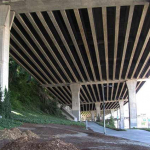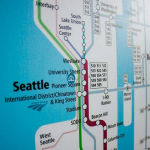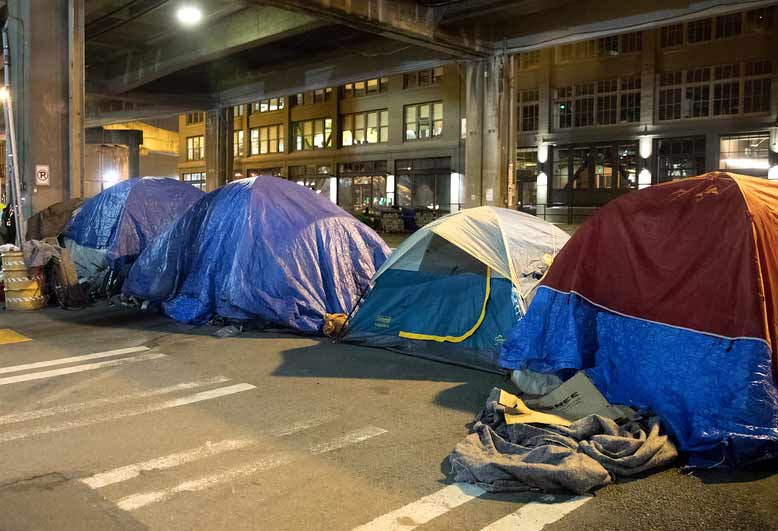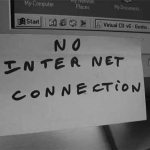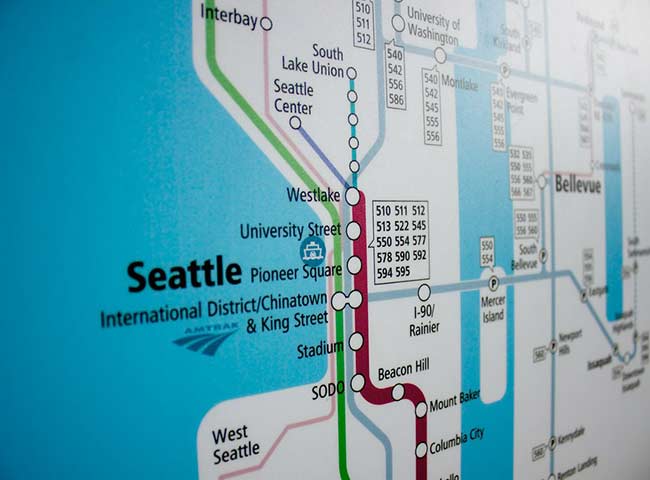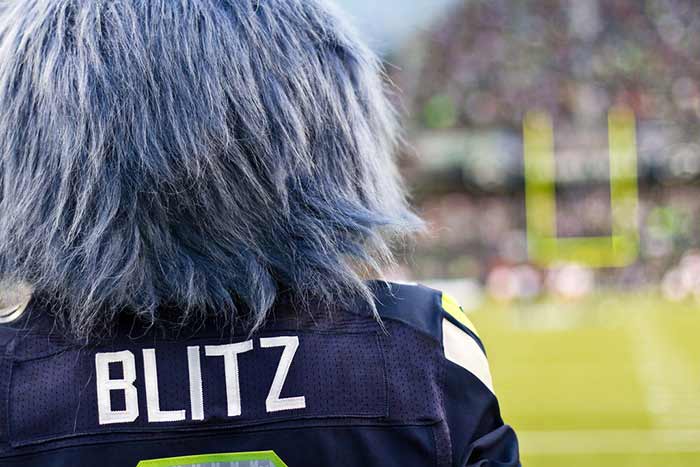Jared Leto Biography

Jared Leto is famous for his vast career in film and television, as well as his work in the music industry. The roles he takes on are challenging and nuanced. He’s a method actor, applying himself rigorously to the roles he’s been given. His band, Thirty Seconds to Mars, is also an accomplished rock group.
Early Life
Jared Leto was born in 1971 in Bossier City, Louisiana. Following his parent’s divorce, he and his brother, Shannon Leto, lived with their mother and their maternal grandparents. The family moved around often, all over the United States, thanks to Leto’s grandfather’s career in the Air Force.
Jared Leto’s mother, Constance Bryant, raised her sons in the communal art experience of the hippie movement. This environment fostered their involvement in the arts, creativity, and expression. Against that backdrop, Leto was able to develop a wide range of artistic talent. Following graduation, he initially enrolled at the University of Arts in Philadelphia to study visual fine arts. He later became interested in filmmaking and transferred to the New York City School of Visual Arts to pursue that field.
Early Career
Jared Leto moved to Los Angeles in 1992 to continue his directing career. While there, he also pursued a music career and took up acting roles on the side. Acting, of course, became a much bigger part of Leto’s life. While looking for film roles, he was cast in the 1994 TV series My So-Called Life, turning a guest appearance into a recurring love interest role by impressing the producers. He even assisted with the show’s soundtrack. Leto’s film debut was in the 1995 ensemble How to Make an American Quilt, alongside Winona Ryder, Ellen Burstyn, Anne Bancroft, Alfre Woodard, Kate Nelligan, and Jean Simmons.
Jared Leto first became known for his method acting during his role in Prefontaine (1997). It is a skill he brings to all his roles, devoting himself to research and maintaining character throughout filming. The movie, in which he played the lead role of Olympic-hopeful long-distance runner Steve Prefontaine, garnered him a lot of critical attention. Leto’s dedication to method acting meant that he trained for weeks for the role and also spoke with Prefontaine’s friends and family. Leto had a strong physical resemblance to the long-distance runner, and his intense and powerful performance made the role very memorable.
In 1998, Jared Leto and his brother Shannon formed the rock band Thirty Seconds to Mars. In addition to the band’s early work, Jared Leto began to pick up more acting roles. He starred in the horror film Urban Legend (1998). The same year also saw him in a supporting role in The Thin Red Line, which was nominated for seven different Oscars. In 1999, Leto was cast in Girl, Interrupted, and Fight Club. He then received much praise for his performance in American Psycho (2000). His method of acting was very intense for his lead role in Requiem of a Dream (2000). He lived on the streets and spent months starving himself to accurately portray a heroin user working toward sobriety. His hard work paid off, and he received widespread acclaim. Leto then focused on his music career with his band as the lead vocalist, songwriter, and multi-instrumentalist. Their debut album was released to positive reviews on August 27, 2002.
Recent Work
Throughout the 2000s, Jared Leto had a number of accomplishments, from albums to roles. Thirty Seconds to Mars released albums in 2005, 2009, and 2013, each album bringing the band increasingly into the public consciousness. Their success was both critical and commercial, with the band having sold more than 15 million albums as of the present day.
Leto’s acting roles throughout the 2000s were numerous, including movies such as Alexander (2004), Lord of War (2005), Lonely Hearts (2006), Chapter 27 (2007), and Mr. Nobody (2009). In 2012, Leto had his directorial debut with the documentary Artifact (2012), which was given the Toronto International Film Festival’s People’s Choice Award for Best Documentary. His 2013 co-starring role in Dallas Buyers Club earned him an Academy Award, a Screen Actors Guild Award, and a Golden Globe, all for Best Supporting Actor.
Jared Leto Now
Leto has continued to be very active in Hollywood, taking on successful roles such as Suicide Squad (2016), Blade Runner 2049 (2017), The Little Things (2021), House of Gucci (2021), and Morbius (2022). His performance in The Little Things earned him nominations for a Golden Globe Award and a Screen Actors Guild Award for his supporting role, and his role in House of Gucci earned him nominations for a Critic’s Choice Movie Award, a Satellite Award, and two Screen Actors Guild Awards. His ongoing success in acting and music, as well as upcoming acting and directing jobs, has ensured that his star will continue to rise. Read more on his Crunchbase.
Photo by “Jared Leto” by Nathan Congleton



